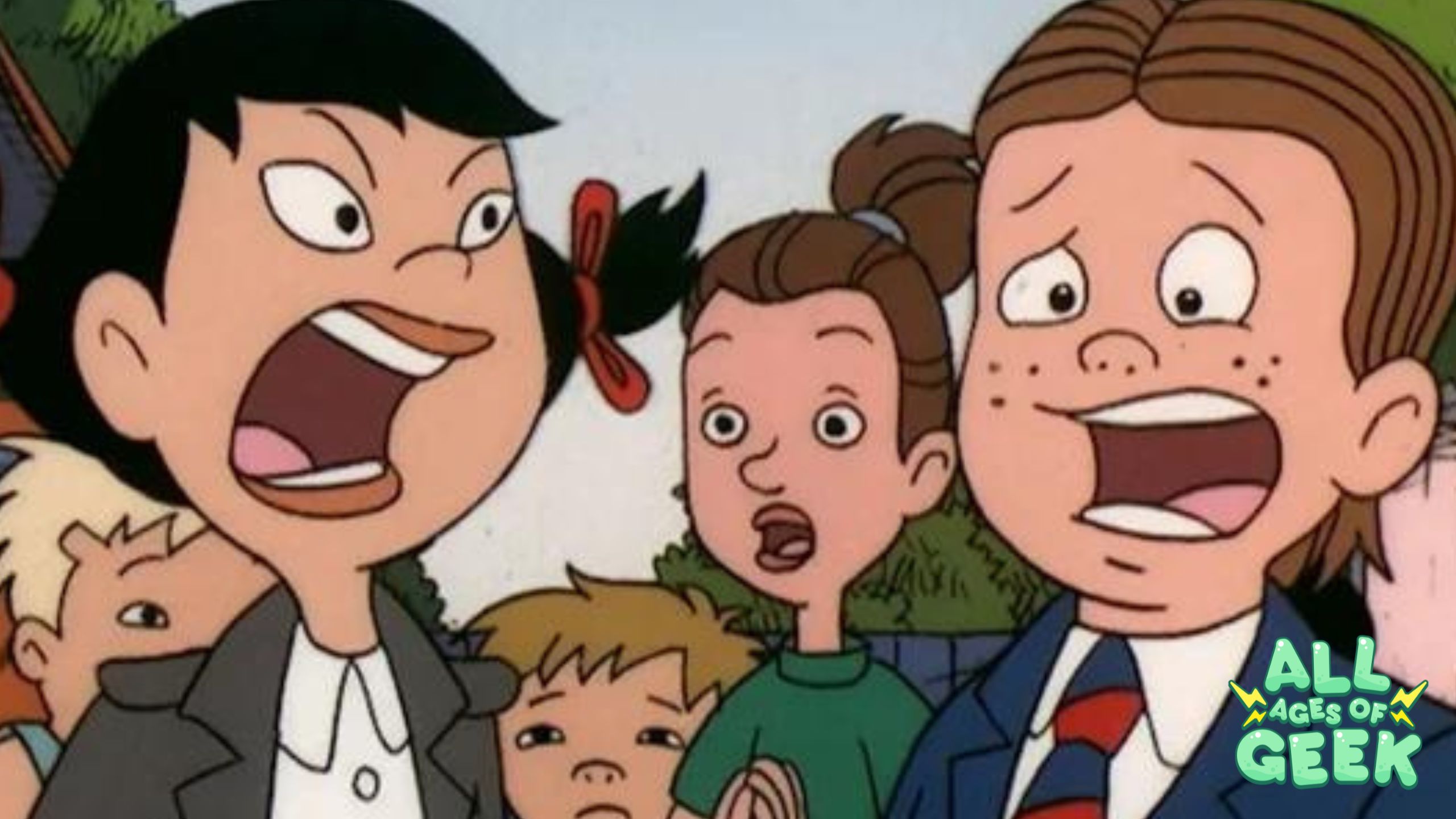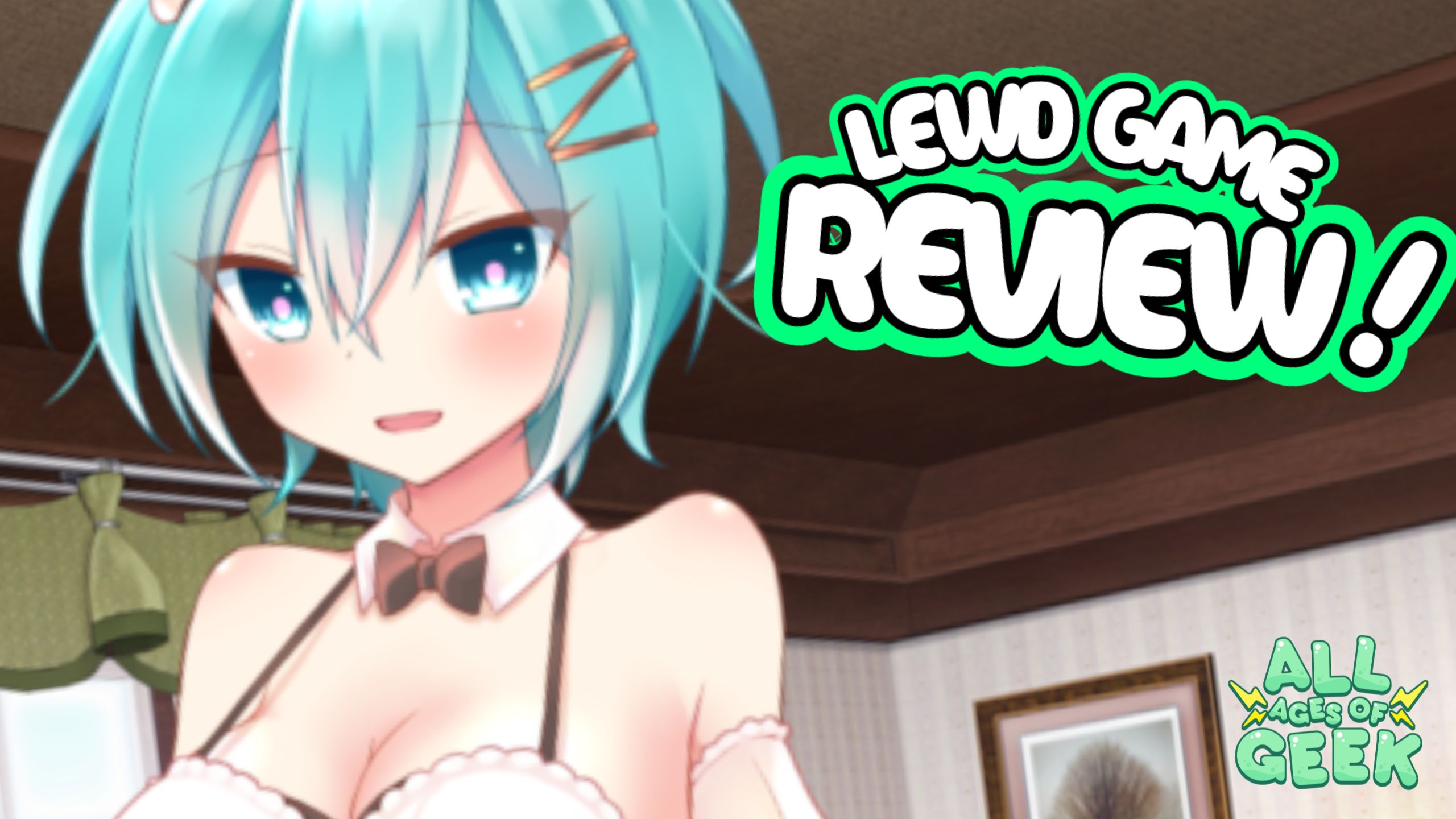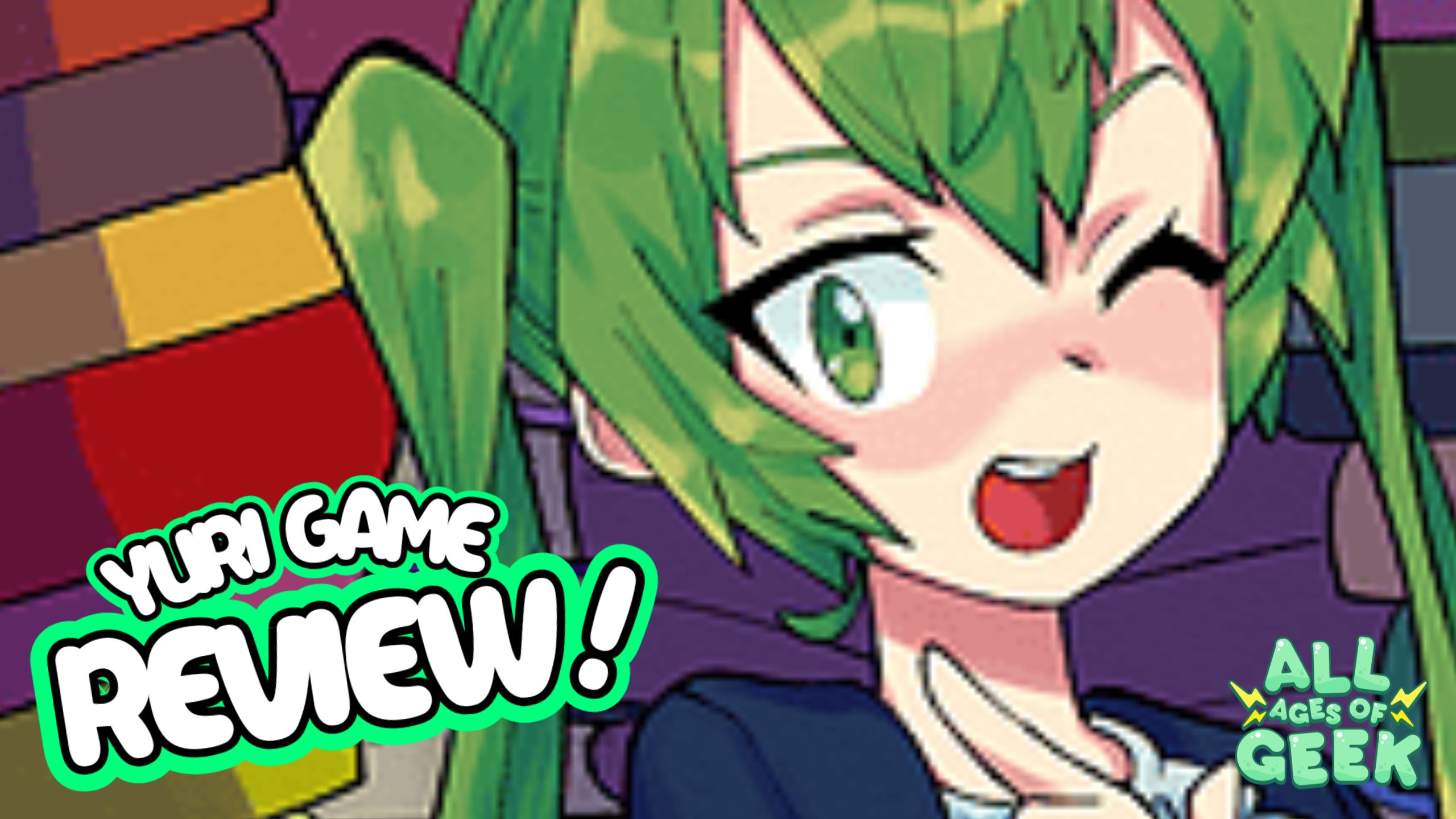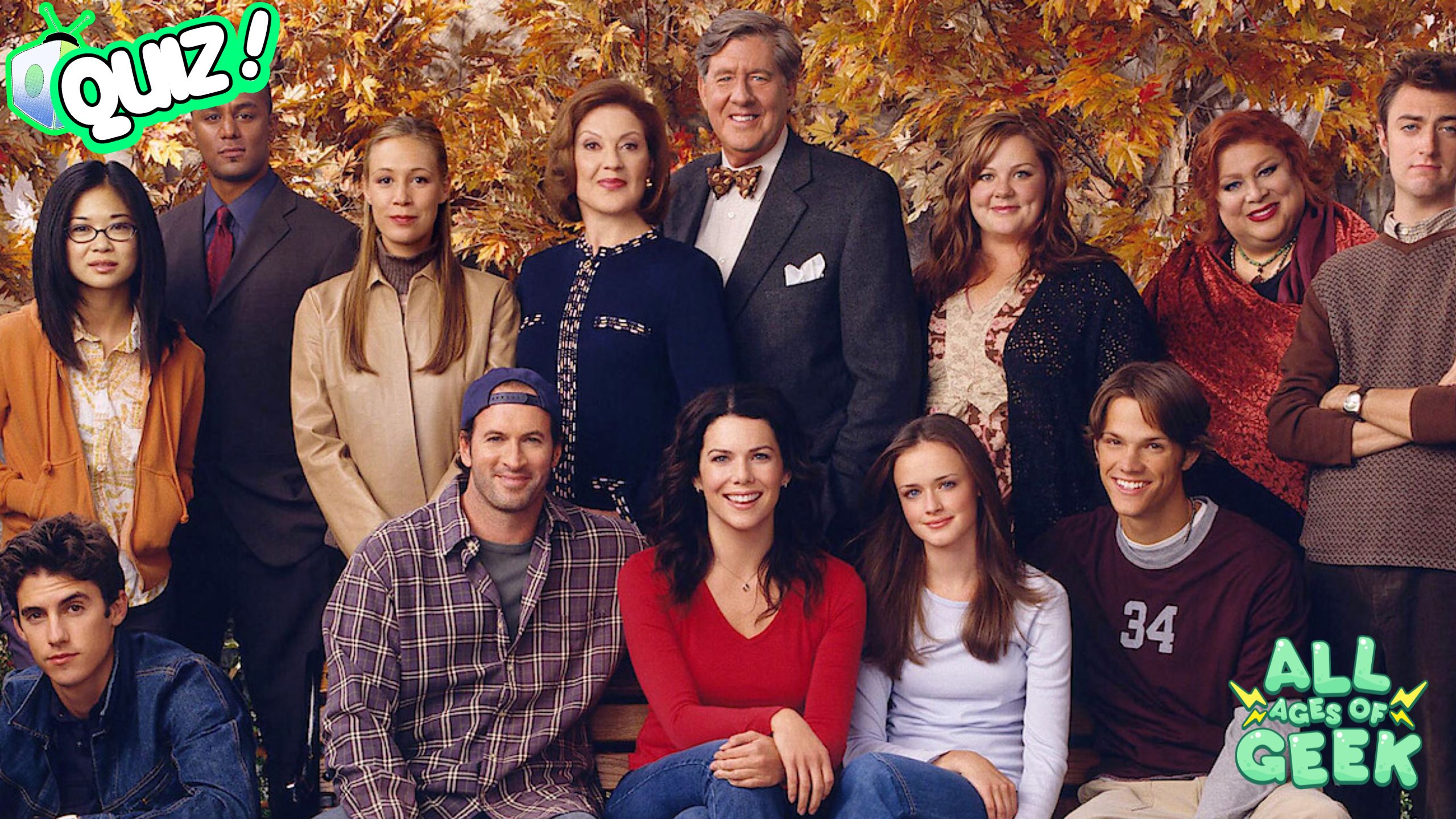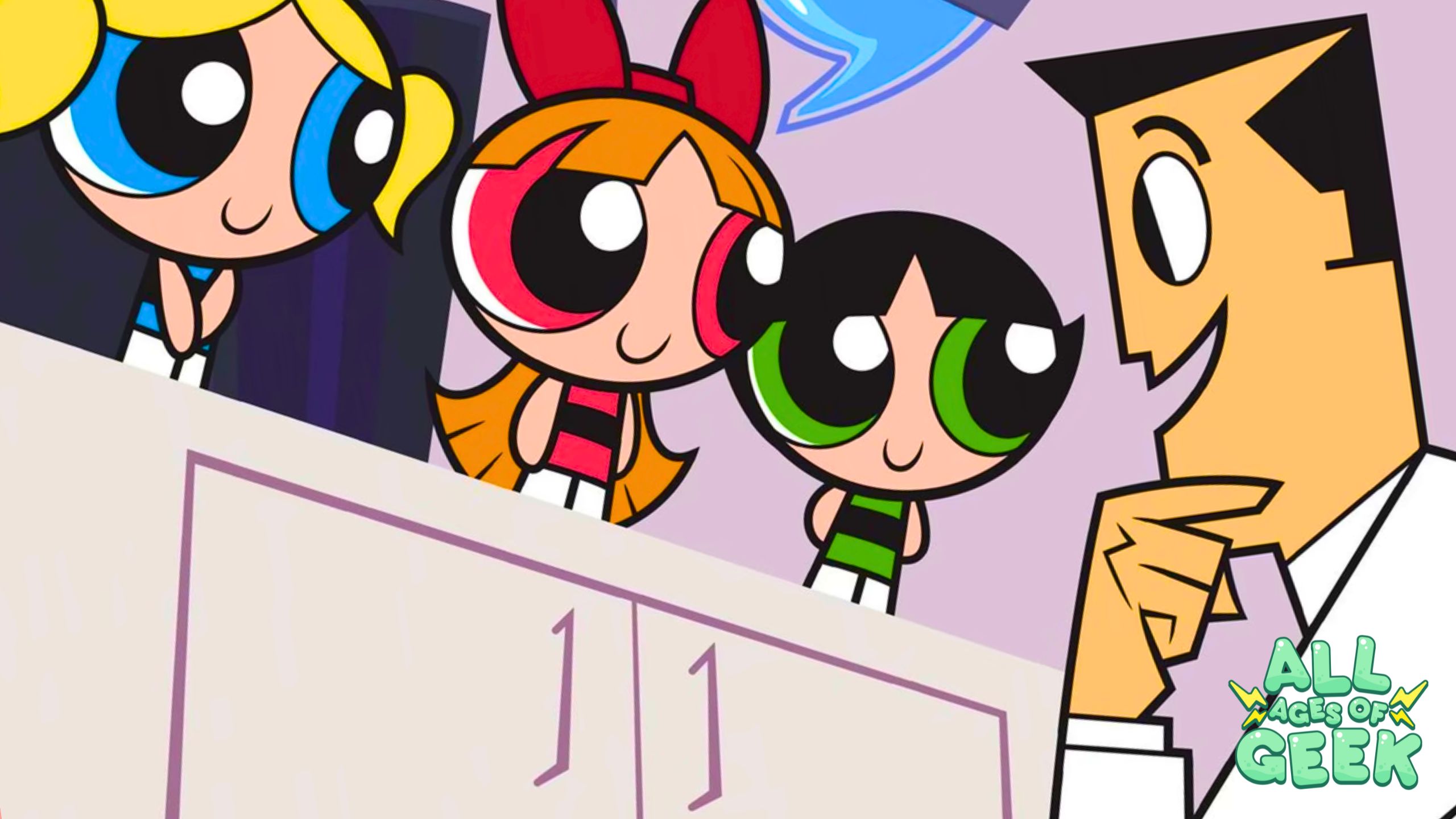Tenjou Tenge (天上天下, Tenjō Tenge, lit. “The Heaven and The Earth”), is studio Madhouse’s cut-throat 2004 anime release. The 24-episode run centers around the Juken Club students at Toudou Academy, a high school founded on the integration of martial arts into the daily curriculum — and I say “martial arts” in the loosest way possible because these rascally teens are really doing the most to win these scuffles. Students are out here using baseball bats, cursed swords, running each other over with cars, and shoving bentō in each other’s faces. It’s truthfully a lot, I can’t imagine what it’d be like having economics homework due at 10am, and a betrayal at 10:45am… a fight with my best friend’s demon-form at like 1 pm, and going through puberty the entire time!? Nah.
The show gets right to the point, protagonist Souichiro Nagi and his confidant Bob Makihara, enroll in Toudou and immediately make their presence known by treating their new campus like a beat-em-up video game, picking fights with everyone on-sight. Souichiro is more of a thug or street fighter, whereas Bob works some Capoeira into his brawls. The two do a decent job of smacking around some nameless extras but are stopped dead in their tracks by Masataka Takayanagi, in one of the more significant butt-whoopings I’ve seen in anime.
Masataka’s character is interesting because, in many ways, he’s more of the conventional anime protagonist; he’s an unwaveringly good guy and slightly awkward, he pines for the affection of Aya Natsume who barely notices him — but fawns over Souichiro. In most shows, the story perspective would be reversed and told from Masataka’s POV, with Souichiro being the edgy rival. In an even further subversion of the trope, Souichiro’s chief rival eventually ends up being Masataka’s big bro, Mitsuomi.
Mitsuomi is a key player in the school’s bloody history, including the formation of the Juken Club, which Souichiro and Bob end up joining in honing their skills under the powerful Maya Natsume, Aya’s sister and Mitsuomi’s forbidden love from way back. This collision of generations among characters succeeds in creating weighty drama and complex relationship dynamics.
Part of how the show achieves this, though, is through a flashback, lasting what feels like a bulk of the episodes, where a young Mitsuomi serves as the protagonist. I have conflicting feelings about this; on the one hand, the flashback’s major plot events are considerably more intense and feature a lot of great Bunshichi Tawara moments, in my opinion, the most entertaining character in the series. On the other hand, however, the present moment at Toudou and the established story lead, Souichiro, seem underserved. The lack of development in the current Toudou Academy ultimately leaves the story feeling unresolved.
Other moments in which the show falters are the elements of the male gaze present. The women in the show are tough, and as capable at fighting as the men, but they’re all subject to weird anime booby jiggle physics and unnecessarily revealing angles. Bob, the only black character in the series and one of the only black characters in 2000s anime, is engrained with a fair bit of stereotyping. Occasionally, the fluidity of the animation is halted, and has a slightly rough feel to it, leaving the desire for a few more frames.
If you enjoy, at times comedically over-the-top action, and find a charming quality to the early 2000s animation — Tenjou Tenge is a decently fun, low-emotional-investment series to get your fix of melodrama and brutal fight sequences.




